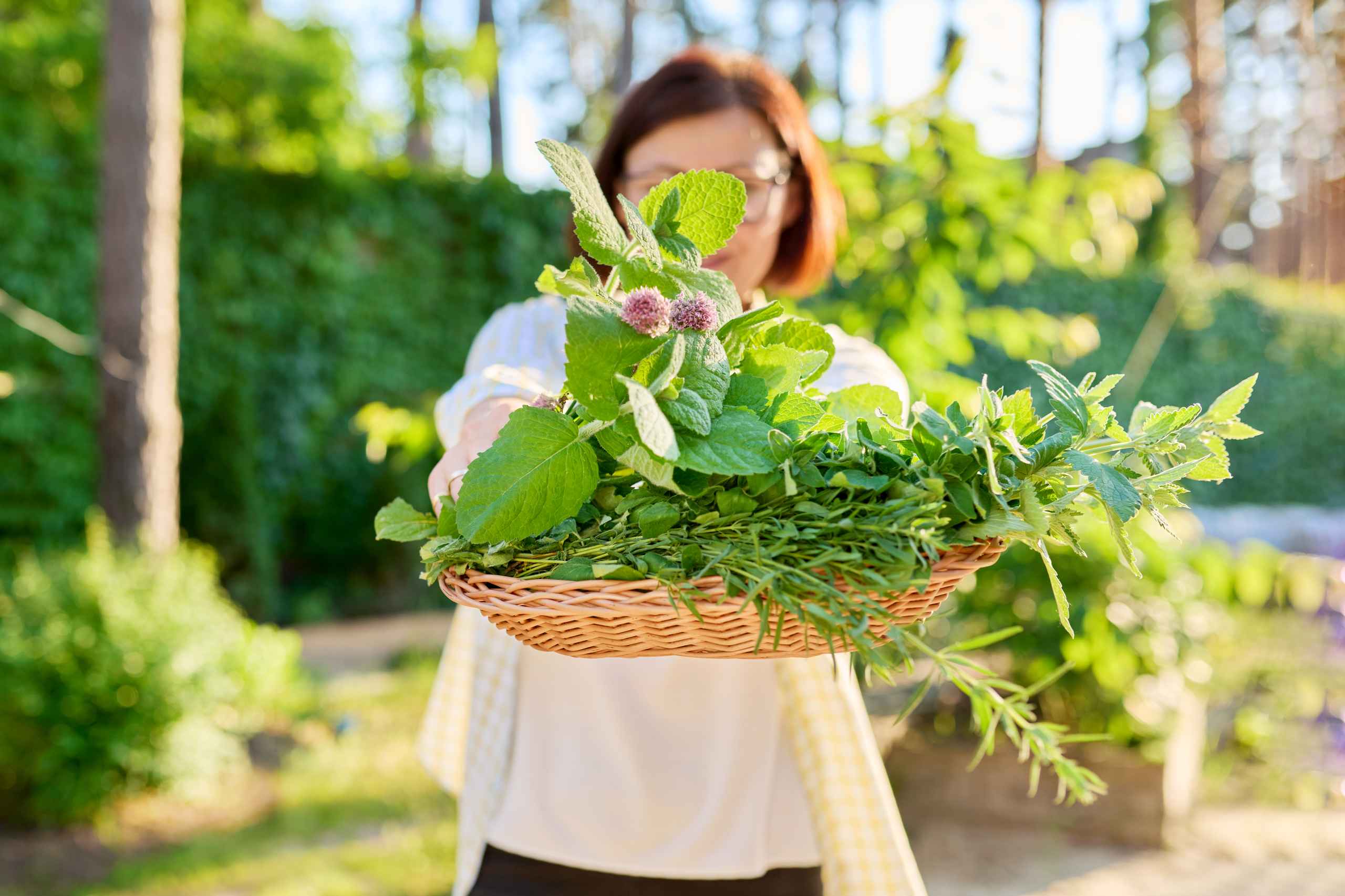Address
304 North Cardinal St.
Dorchester Center, MA 02124
Work Hours
Monday to Friday: 7AM - 7PM
Weekend: 10AM - 5PM

When most people think of a home herb garden, a few familiar names come to mind — basil, mint, parsley, maybe rosemary. But the plant world is vast and full of surprises.
In this article, we explore lesser-known herbs that bring bold flavors, fragrant leaves, and even medicinal benefits into your everyday life. And yes — they all grow beautifully indoors.
Lemon verbena offers a refreshing, lemony scent that’s stronger and more complex than lemon balm. It makes excellent tea, adds zing to desserts, and even freshens the room naturally.
Tips:
Loves sun and warmth. Keep soil lightly moist and pinch back regularly to promote fullness.
With a flavor that’s somewhere between basil, mint, and cinnamon, shiso is a culinary gem in Japanese and Korean cooking. Use the green or purple leaves in salads, wraps, rice, or pickles.
Tips:
Grows well indoors with bright light. Harvest regularly to prevent flowering and extend the growing season.
Hyssop is a beautiful, slightly minty herb with hints of floral bitterness. It’s wonderful in meat dishes, herbal teas, or even infused in honey.
Tips:
Needs well-drained soil and moderate watering. Place near a sunny window.
Culantro (not cilantro!) is native to the Caribbean and has a bold, coriander-like taste. Unlike its cousin, it tolerates heat better and grows as a rosette of spiny-edged leaves.
Tips:
Likes warmth and humidity. Don’t let the soil dry out completely.
Can’t grow cilantro indoors? Vietnamese coriander is a spicy, citrusy substitute that thrives in containers. Popular in Southeast Asian dishes, it’s vibrant and packed with flavor.
Tips:
Prefers partial shade and regular watering. Snip tops to encourage bushiness.
Want to sweeten tea or desserts naturally? Grow stevia. Its leaves contain compounds that are up to 300 times sweeter than sugar, yet contain zero calories.
Tips:
Needs plenty of light and warmth. Harvest often for the best sweetness.
Adding a few lesser-known plants to your collection brings not only flavor diversity, but also beauty and curiosity to your herb garden. Their unique aromas, leaf shapes, and uses will make you fall in love with the world of herbs all over again.
And best of all — your windowsill becomes not just a kitchen helper, but a small, vibrant global garden.
Want to explore more herbs from around the world? Stay tuned — or start growing your own herbal adventure today.